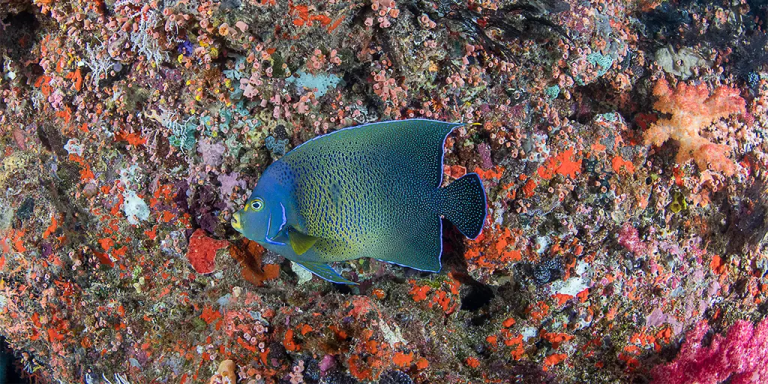From Jennifer Marohasy's blog
Jennifer Marohasi
The Australian Institute of Marine Science (AIMS) released a media statement earlier today claiming scientifically documented changes in coral cover in the northern Great Barrier Reef, particularly around Lizard Island. Claims include:
The coral losses we have documented so far are enormous. Despite these losses, most reefs still have moderate coral cover between 10% and 30%.
In fact, the methods used to survey the corals cannot determine whether losses are statistically significant, and surveys only target the perimeter of the reef, specifically avoiding habitats with high coral cover, including the top of the reef. So the claim that coral cover is between 10% and 30% really needs to be substantiated.

Many textbooks have been written about the types of investigations needed to understand whether there are statistically significant changes in some aspect of an organism's distribution and abundance. This could be the population of a city or even the extent of the Great Barrier Reef coral. Understanding the distribution and abundance of organisms and how they change over time is crucial to understanding the world around us. It is the basis of biological science.
It's nearly impossible to count every person or coral. Instead, scientists rely on samples that are representative of the entire population of interest and large enough to produce meaningful data that lead to unbiased results.
Populations always contain some natural variation, and it is important to understand their distribution in space and time before drawing any conclusions about the significance of perceived increases or degradation in corals, etc.
Importantly, in order to be able to quantify statistical significance, the data need to be collected as actual counts. What I mean is that the number of corals per unit area needs to be calculated, and given the extent to which coral cover naturally varies with habitat, it is important that survey methods differentiate between different habitats on the reef.
Worryingly, the Australian Institute of Marine Science (AIMS)'s long-term monitoring of coral cover is conducted through peripheral surveys, excluding, for example, the tops of reefs, which are typically the habitats with the highest coral cover. This is the equivalent of claiming to know a city’s demographic changes without ever having actually visited the central business district (CBD) or even the inner city or industrial area. The AIMS survey reported in the media today only surveyed the perimeter of the reef, which amounts to going around the outer suburbs of a city and drawing opinions about how a city's population might live from that limited information.
It's also important to note that the data are not collected as actual counts. In contrast, AIMS coral cover data is categorical data, collected from surveys by towing a person behind a boat and recording whether the coral cover falls into one of the following categories: 0-10%, 10-30%, 30-50%, 50- 75%, 75-100%.
The range in these categories is very large, up to 25%. No matter how many surveys are conducted, it is impossible to calculate average coral cover, given the way the data are collected. Therefore, it is impossible to know how average coral cover changes.
Because AIMS coral cover data is categorical, standard errors or any other such statistics cannot be calculated. Calculating uncertainty values, such as standard errors, depends on knowing the sample mean. The methodology used by AIMS precludes this, making it impossible to draw any conclusions about the statistical significance of the recent findings.

Relevant
